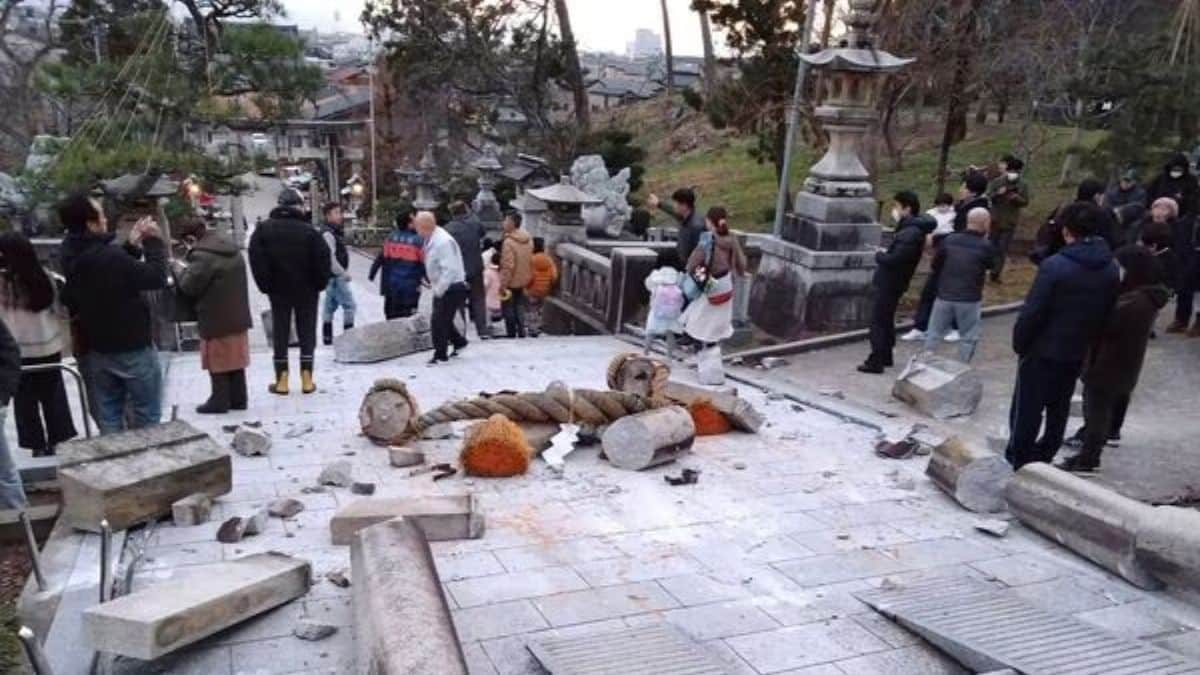An earthquake with a magnitude of 7.6 jolted Ishikawa in central Japan, resulting in tsunami warnings and advisories for residents to evacuate and brace for potential aftershocks. A tsunami measuring around 1 meter (3.3 feet) hit portions of the west coast along the Sea of Japan, with expectations of a larger wave, as reported by public broadcaster NHK on Monday.
The Japan Meteorological Agency issued tsunami warnings for the coastal prefectures of Ishikawa, Niigata, and Toyama. NHK urged immediate evacuation to higher ground for all residents following the quake in the Noto region of Ishikawa prefecture at around 4:10 pm local time.
Within 300 kilometers (186 miles) of the epicenter of the earthquake, there was a risk of dangerous tsunami waves that might reach heights of up to 5 meters (16.4 feet) along the north coast of central Japan, according to US and Japanese agencies.
Yoshimasa Hayashi, the top government spokesperson, emphasized in an emergency news conference that authorities were assessing the extent of damage and cautioned residents to prepare for potential additional seismic activity.
NHK footage depicted buildings collapsing in Ishikawa, and tremors were felt in the capital Tokyo on the opposite coast. Over 36,000 households lost power in Ishikawa and Toyama prefectures, according to utility provider Hokuriku Electric Power.
Japan’s Nuclear Regulation Authority confirmed no irregularities at nuclear power plants along the Sea of Japan, including active reactors at Kansai Electric Power’s Ohi and Takahama plants in Fukui prefecture. The Shika plant in Ishikawa, nearest to the quake’s epicenter, had already halted its two reactors for regular inspection and reported no impact from the quake.
South Korea’s meteorological agency cautioned that sea levels in certain parts of Gangwon province on the east coast might rise.


